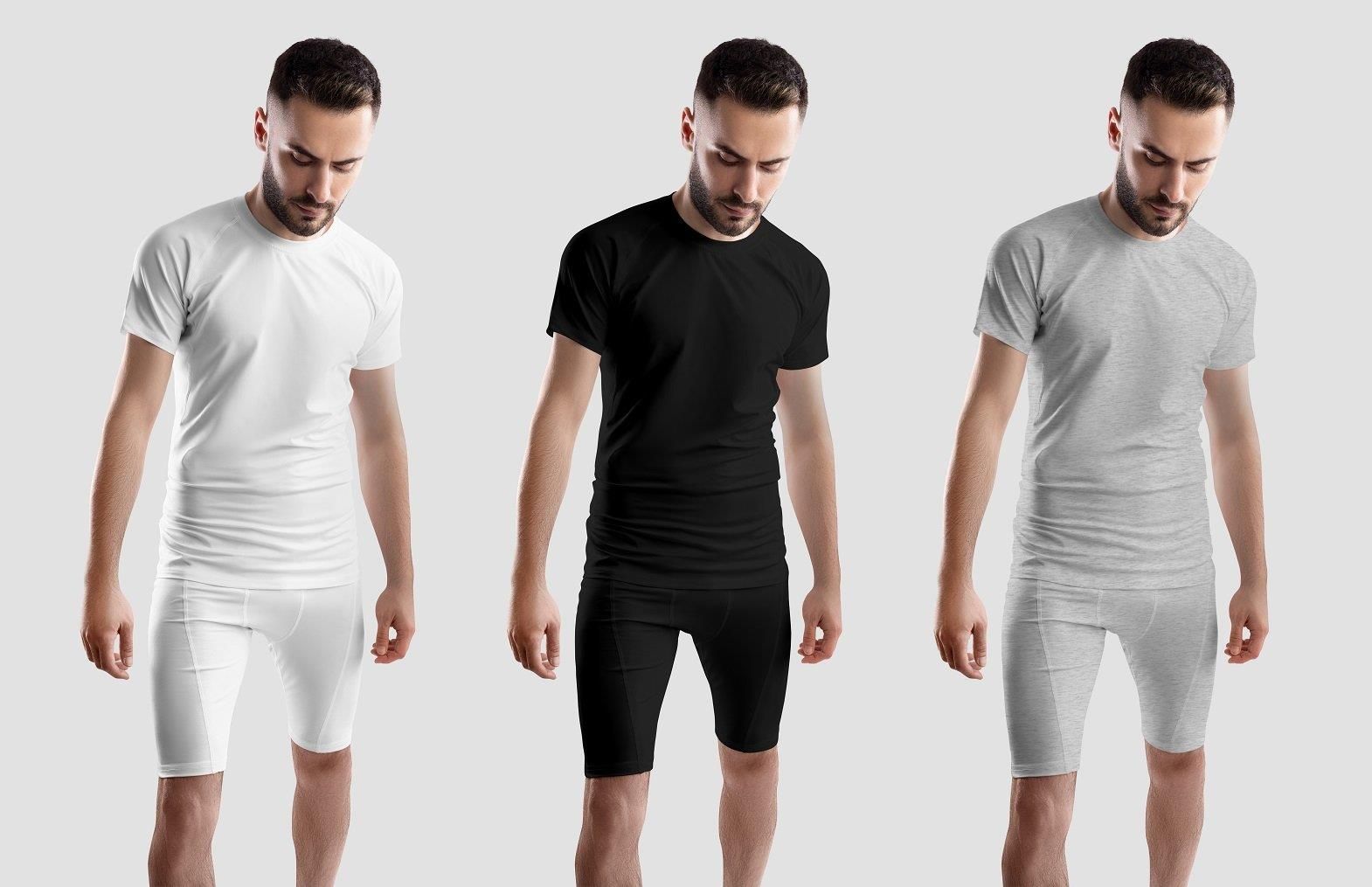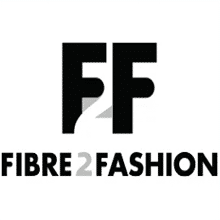The health industry also loves to crow about regular workouts to remain hale and hearty. Thus, the pressure on the ordinary person to sweat the flab out is mountain, leading to a rise in gym memberships and outdoor activities. Apart from the obvious signs of good physical health, customers are also eyeing clothing designed for outdoor activities. After all, good looks are as much about presentation as they are about physical features, and it is easier to look better and feel healthier with the right clothes.
The sportswear market has also witnessed a shift in demand in the last five years. Besides style, consumers are setting their sights on higher fitness performance. So, the shelves are making way for the next generation of clothing that monitor heart rate and track postures. Add to that list odour control fabrics, temperature control fabrics and similar smart textiles.
In the august company of these smart fabrics is compression wear. It includes figure-hugging clothing designed to apply pressure on specific parts of the body. They can be spotted on the sports apparel shelves of retail shops and on online sites. The transformation of compression wear from its use for medical purposes to making its way into sports apparel and cosmetic purposes can be attributed to a shift in focus of brands from modish style to enhanced performance.
Where is the compression?
Compression wear applies pressure to underlying veins. This, in turn, speeds up blood flow and increases the rate of oxygen delivery to muscles. Compression wear sports garments are designed to prevent common problems associated with exercise.
A report released by business intelligence provider GBI Research predicts that the global market for compression wear will grow at a CAGR of 5.1 per cent and reach US $3.4 billion in 2019. Factors such as increasing use of sportswear, rising cases of venous disease due to chronic wounds, a growing elderly population, diabetes and repeated wound trauma are driving up the demand for compression wear. The dynamic design of compression wear helps in boosting performance during exercise training, delays muscle fatigue, avoids muscle tears and injuries, and maximises muscle recovery between sessions.
The GBI Research report pegs the unprecedented growth of compression wear in the US at a CAGR of 6 per cent, pumping up the market from US$ 1 billion in 2012 to US $1.6 billion in 2019. Europe and the Asia Pacific region are expected to give tough competition to the US, gobbling up 35 per cent and 13 per cent of the global market revenue share in 2019, respectively. Compression wear specialists like Swiss company Sigvaris, Australian company Skins and Body Science are making the most of new opportunities in the global market. Luxury brands in sports apparel like Adidas, Under Armour, Asics and Nike sell compression wear as one of the parts of an extensive range of sportswear.
Suzanne Kerpel, marketing director of Zensah, a leading Miami-based compression apparel company sums it up. "There is a strong demand for compression garments in athletic regions like North America, Australia, Western Europe, Scandinavia and South America, all of which have growing fitness and running communities."
Product demand
Currently, women's compression garment styles outshine men's style with the exception of socks and arm and leg sleeves. Global demand for compression shorts and capris is high, but compression sports bra and tops are also giving other clothing items in the segment a run for their money.
In developing counties, demand for compressed wear is fuelled by ascending cases of diabetes, arthritis and similar ailments. According to a report by Equentis Capital, India's health industry is expected to touch US $ 158.2 billion by 2017, which will lead to a subsequent rise in demand for compression wear for medical purposes. According to a report by International Diabetes Federation, by 2030, India's diabetes numbers are expected to cross the 100 million mark. These staggering figures give an insight into the future growth of compression wear. International sports brands like Nike, Adidas etc are also selling compression garments in India, but demand in the health industry has outpaced the demand in the sports and fitness sector. Though there is increased awareness regarding fitness in India, this is limited to tier-I cities like Mumbai, Delhi, Bengaluru etc. Hence, compression wear in fitness is not as popular as in the developed countries.
Among the leading apparel stores in India, value chain Reliance Retail launched a compression vest for sportspersons under its private brand Performax. The vest, available in neutral colours with a body-hugging fit, can be worn as a muscle tee. It already contributes to around 10 per cent of the sales of the brand.
A cut above the rest
Research and development sections have slogged hard to launch result-oriented and enhanced compression garments. The markets are loaded with compression garments with additional features like antimicrobial protection, antistatic properties, improved breathability and excellent moisture management. Superior quality compression garments guarantee fabric durability and are made of stain release technology. These garments are created to regulate the athlete's temperature and also offer protection against ultraviolet (UV) rays.
Innovation is the buzzword
Technical intervention has made it possible for companies to construct compression garments based on the wearer's Body Mass Index (BMI). This helps achieve maximum compression, further increasing muscle stamina and endurance. Brands are also offering special editions of compressed clothing for cycling and triathlon. Compression garment manufacturers are now working on developing a new range of fitness products with an eye on high-stamina sports like parachuting, aerobics, and windsurfing.
What's your pick?
The compression wear segment offers a huge range of apparel including compression socks, leggings, shorts and t-shirts. Competition is fuelling the expectations of athletes and regular customers, and companies will need to cater to individual requirements in order to push demand further. In the long run, improving a particular item on the basis of customer feedback can also benefit manufacturers.
Although the use of compression gear has hit the ground running, widespread efforts are required to expand reach to other pockets of the global market. Today, when regular workouts are planned in a systematic and professional manner, experts should lay emphasis on promoting high-performing workout wear to minimise injuries.
The cliched approach to compression garments needs to be changed by spreading awareness among people who work out but ignore the essential benefits of their attire. Markets will get a shot in the arm when customers will be armed with knowledge about the significance of compression wear in regular sports activities.
References:
1. Gbiresearch.com
2. Giiresearch.com
3. Sportstrader.co.za
4. En.wikibooks.org
5. Asdreports.com
6. Apparelresources.com

20240830145908.gif)
20240924091633.png)


20240924111837.jpg)




Comments